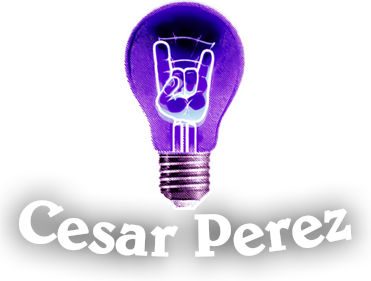The History of Rotary Tattoo Machines
Brief History :
Though tattoos are becoming more common, a lot of people still link them to youth. However, the art of tattooing is very old. Some of the oldest tattoos date back to 3300 B.C. but earlier forms of tattooing were practiced long before then. For example, in Japan tattooing goes back as far as about 9,600 B.C and 2000 year old mummies have also been found in Egypt. Those tattoos were done with crude, handmade tools compared to the refined machines of today.
Ancient Artists :
Ancient artists had to get creative and make tools from materials they had available. The methods they used were unclean and risky, but they worked. Otzi, “the ice man”, is the oldest tattooed body ever found. He was tattooed with a method known as “soot tattooing”. Soot tattooing is when you cut the skin and rub soot into it as a makeshift ink. Japanese Tebori is another ancient method of tattooing. Tebori started with an artist painting the body. Next, the tattoo artist or “Horishi” traced over it with handmade needle-like tools, a practice still done to this day. Now it is more common for the Hiroshi to do the artwork as well. Tebori is very similar to stick and poking.
Who Invented the First Tattoo Machine? :
Now that we have some background knowledge laid out. Where did the first tattoo machines come from? The answer may surprise you. Thomas Edison is famous for a lot of his inventions. He’s also credited with inspiring Samuel F. O’Reilly to create the first electric tattoo machine. O’Reilly was the one to turn Edison’s original design into a tattoo machine and patent it on December 8th, 1891. Though he did not invent the first machine, O’Reilly could not have done it without Edison’s original design.
Edison’s Original Design :
Edison’s original design was an electronic stencil maker. It was a pencil-like tool that cut paper stencils. Both tools were rotary operated and very similar. The main difference is an arm-like mechanism along the shaft of the device. As a result of this the cam (the bar that controls the needle movement) can go up and down. The machines main function is to automate stick and poking. Automating the tattooing process allowed artists to work more efficiently and effectively. This machine paved the road for modern tattoo technology and the industry as a whole.
Edison pen, left. O’Reilly’s patent, right.
Modern Tattoo Machines :
Fast forward to today, tattoo machines have changed a lot, but they still rely on the base laid out by Edison and O’Reilly. Now there are two main categories of tattoo machines: rotary machines and coil machines. Rotary machines use an electric motor to drive the needles. While coil machines use an electromagnetic circuit to move the needle groupings and depend on coils for resistance. The coils help control the machines speed and power. Rotary machines use needle groupings in sterile, single use, cartridges. Coil machines usually use needle on bar but there are adapters that can be used with cartridges. Tattoo artists will use different machines for different pieces. Just as traditional artists use different tools for different pieces. There is a lot of debate about which machines are better, but above all what makes a good tattoo is a skilled tattoo artist.
Sources:
Nyssen, Carmen. “Early Tinkerers of Electric Tattooing.” Buzzworthy Tattoo History: A Tattoo Journey, 2 Dec. 2019, www.buzzworthytattoo.com/tattoo-history-research-articles/early-tinkerers-of-electric-tattooing.


